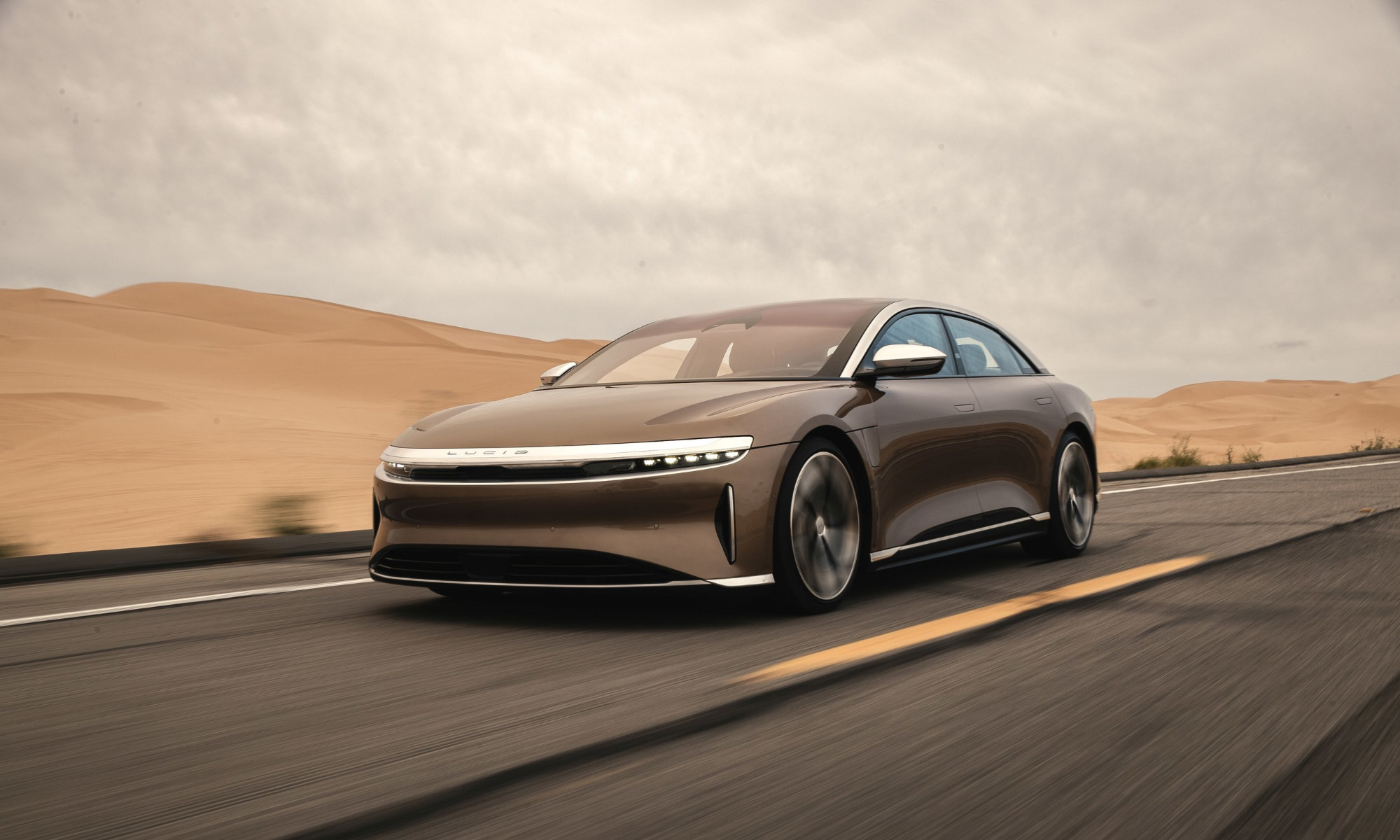News
Saudi Arabia To Build 150,000 EVs Annually By 2026
In a bid to cut dependence on oil production and meet sustainable goals, the Kingdom will utilize its 61% share of startup Lucid Motors.

Although Saudi Arabia is well-known as one of the world’s largest oil producers, the Kingdom has recently unveiled plans to build and export electric vehicles.
As part of the country’s “Vision 2030” strategy, the oil-rich nation will export over 150,000 EVs in 2026 to meet emissions targets and continue building a stable economy.
Although oil accounts for over 50% of Saudi Arabia’s GDP, the government is keen to diversify the economy to avoid market volatility and keep the nation’s industrial output current in a post-carbon world.
The move comes as countries worldwide continue to reduce carbon emissions and their reliance on fossil fuels. 2022 is turning out to be a record year for renewables, with research indicating that alternative energy sources entirely covered rising global energy demands in the first half of the year.
As this trend is almost certain to continue, Saudi Arabia aims to reduce its reliance on oil production dramatically, lowering the percentage of GDP from oil from 50% to 17%.
The Lucid Motors Partnership

Saudi Arabia recently hit the headlines after its decision with OPEC+ to cut oil production, and now the nation is aiming its sights on a new market with EVs. Earlier this year, the Kingdom announced that it had committed to purchasing 50,000+ EVs from Lucid Motors after Saudi Arabia’s Public Investment Fund (PIF) invested over $1 billion in the EV startup in 2018, resulting in a 61% stake in the company.
According to Khalid Al-Faith, Minister of Investments, construction begins at Lucid’s EV manufacturing plant in May 2023.
News
Google Releases Veo 2 AI Video Tool To MENA Users
The state-of-the-art video generation model is now available in Gemini, offering realistic AI-generated videos with better physics, motion, and detail.

Starting today, users of Gemini Advanced in the MENA region — and globally — can tap into Veo 2, Google’s next-generation video model.
Originally unveiled in 2024, Veo 2 has now been fully integrated into Gemini, supporting multiple languages including Arabic and English. The rollout now brings Google’s most advanced video AI directly into the hands of everyday users.
Veo 2 builds on the foundations of its predecessor with a more sophisticated understanding of the physical world. It’s designed to produce high-fidelity video content with cinematic detail, realistic motion, and greater visual consistency across a wide range of subjects and styles. Whether recreating natural landscapes, human interactions, or stylized environments, the model is capable of interpreting and translating written prompts into eight-second 720p videos that feel almost handcrafted.
Users can generate content directly through the Gemini platform — either via the web or mobile apps. The experience is pretty straightforward: users enter a text-based prompt, and Veo 2 returns a video in 16:9 landscape format, delivered as an MP4 file. These aren’t just generic clips — they can reflect creative, abstract, or highly specific scenarios, making the tool especially useful for content creators, marketers, or anyone experimenting with visual storytelling.
Also Read: Getting Started With Google Gemini: A Beginner’s Guide
To ensure transparency, each video is embedded with SynthID — a digital watermark developed by Google’s DeepMind. The watermark is invisible to the human eye but persists across editing, compression, and sharing. It identifies the video as AI-generated, addressing concerns around misinformation and media authenticity.
While Veo 2 is still in its early phases of public rollout, the technology is part of a broader push by Google to democratize advanced AI tools. With text-to-image, code generation, and now video creation integrated into Gemini, Google is positioning the platform as a full-spectrum creative assistant.
Access to Veo 2 starts today and will continue expanding in the coming weeks. Interested users can try it out at gemini.google.com or through the Gemini app on Android and iOS.























